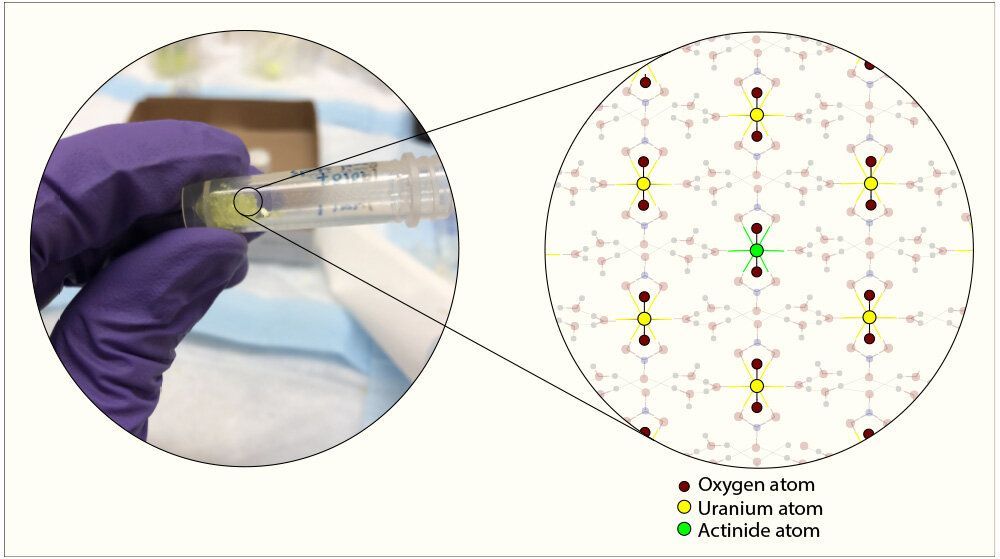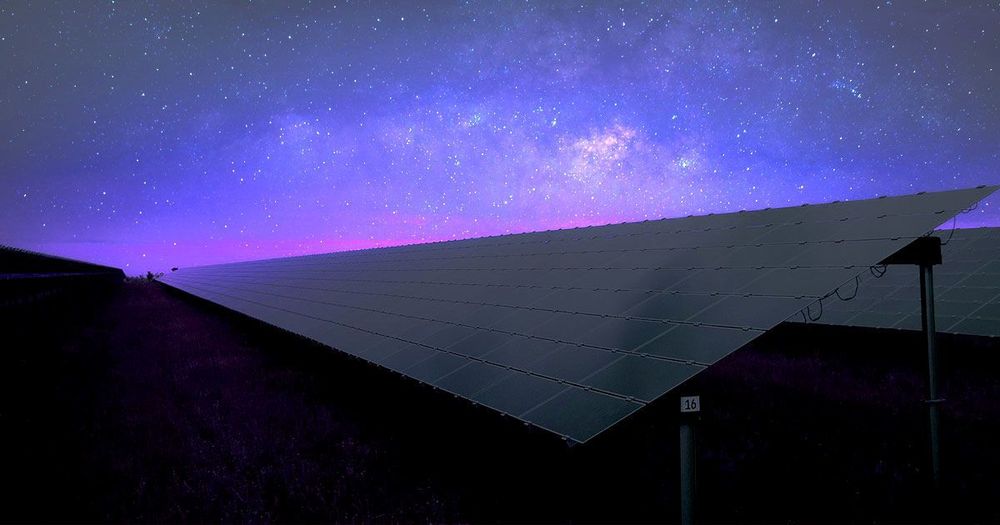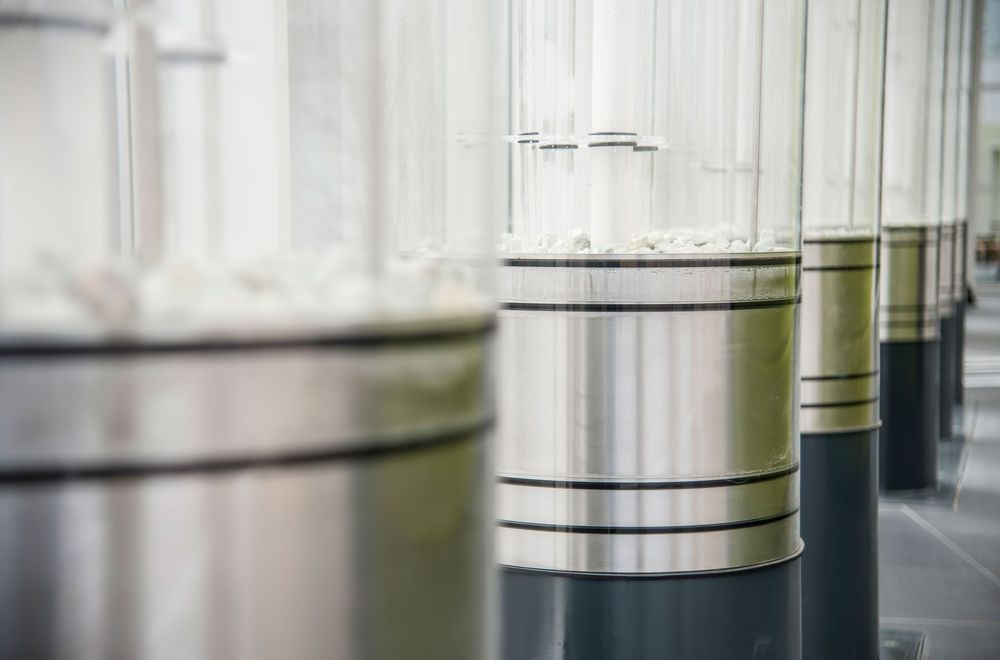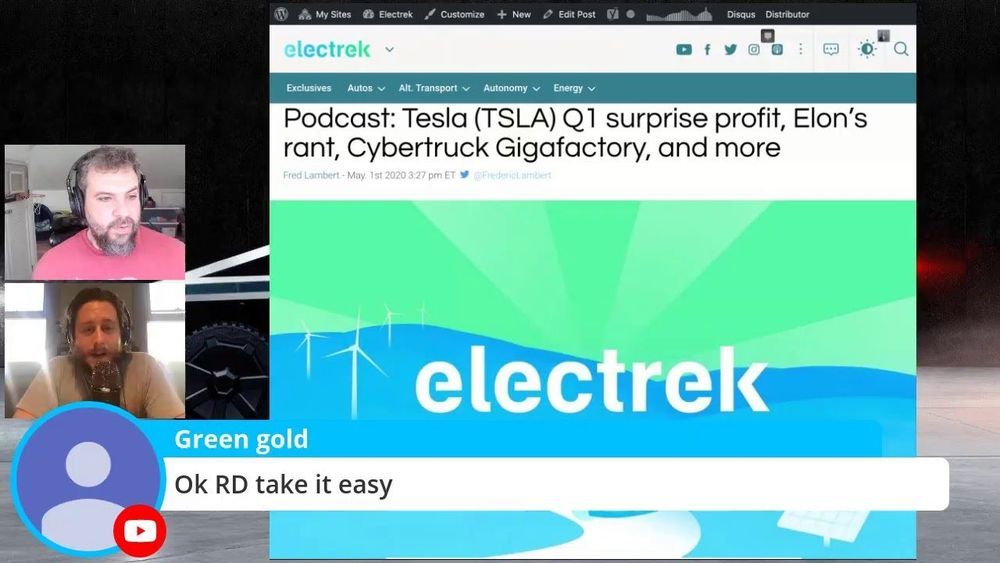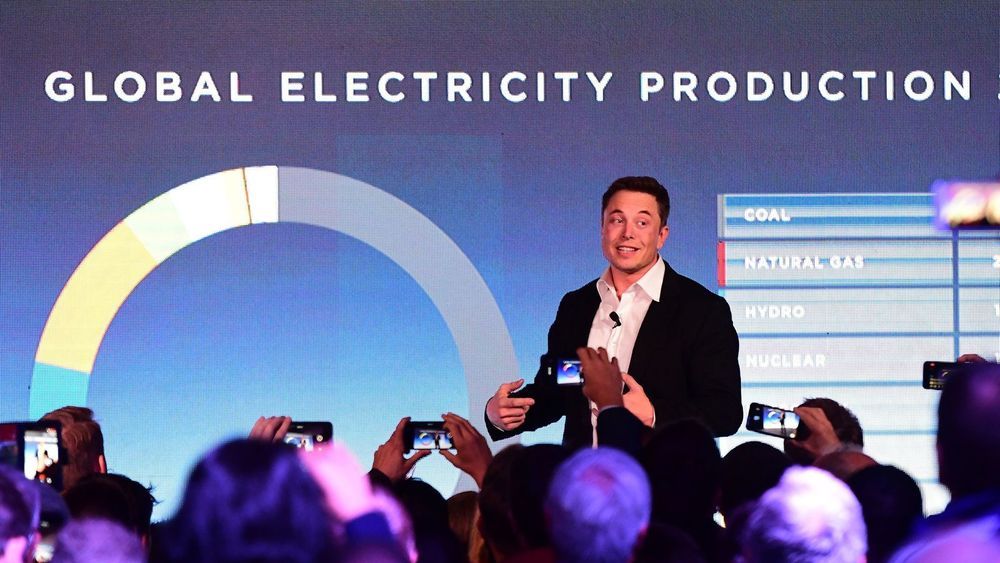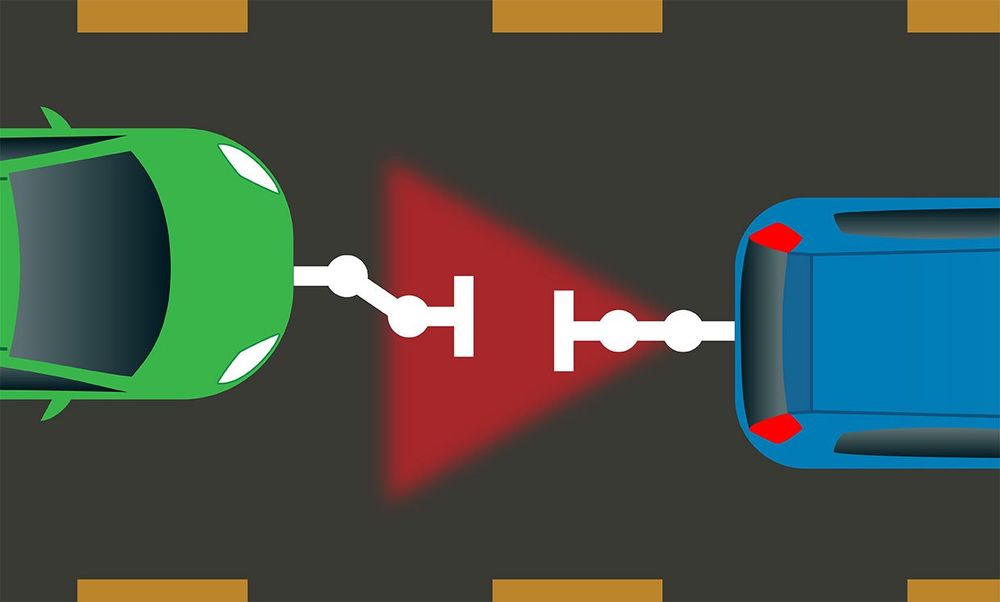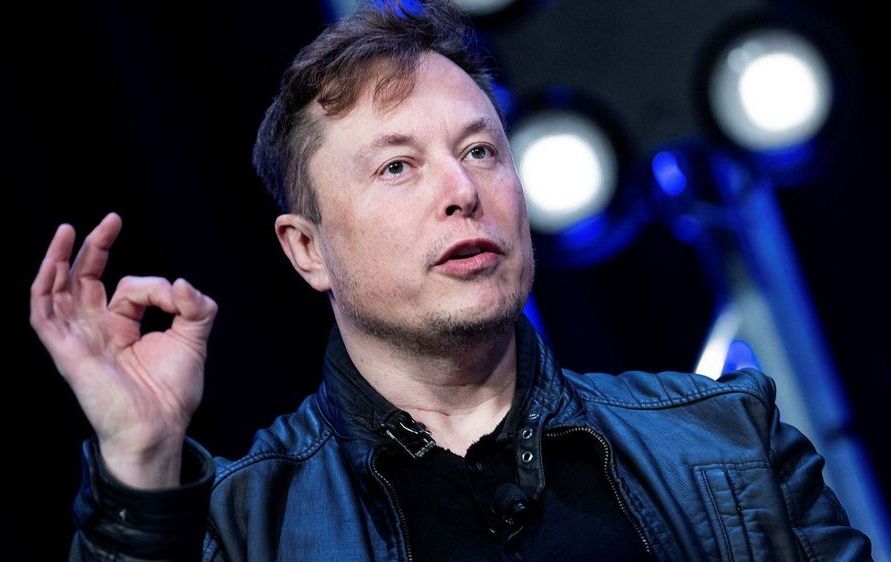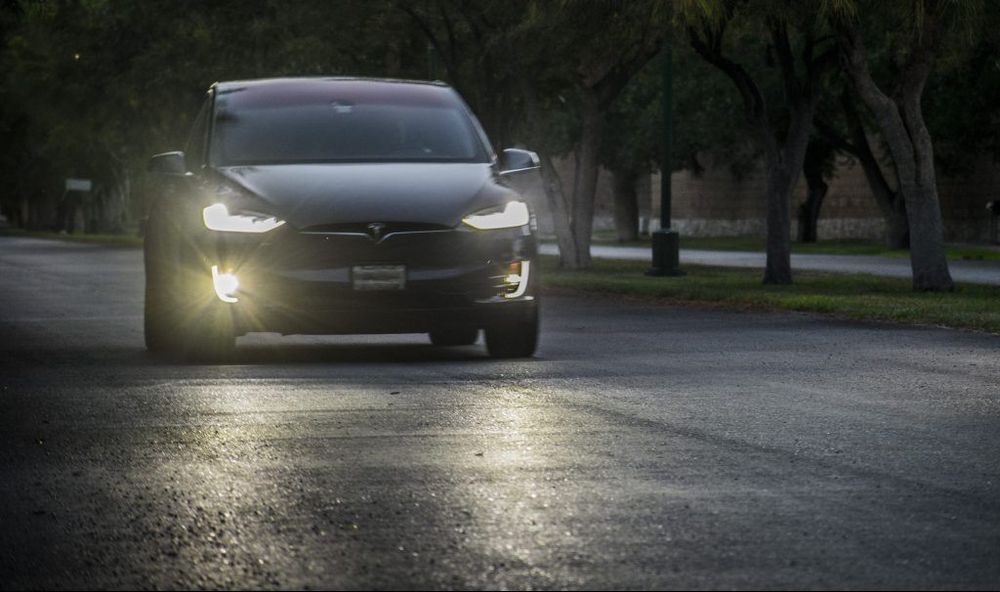A typical nuclear reactor uses only a small fraction of its fuel rod to produce power before the energy-generating reaction naturally terminates. What is left behind is an assortment of radioactive elements, including unused fuel, that are disposed of as nuclear waste in the United States. Although certain elements recycled from waste can be used for powering newer generations of nuclear reactors, extracting leftover fuel in a way that prevents possible misuse is an ongoing challenge.
Now, Texas A&M University engineering researchers have devised a simple, proliferation-resistant approach for separating out different components of nuclear waste. The one-step chemical reaction, described in the February issue of the journal Industrial & Engineering Chemistry Research, results in the formation of crystals containing all of the leftover nuclear fuel elements distributed uniformly.
The researchers also noted that the simplicity of their recycling approach makes the translation from lab bench to industry feasible.
